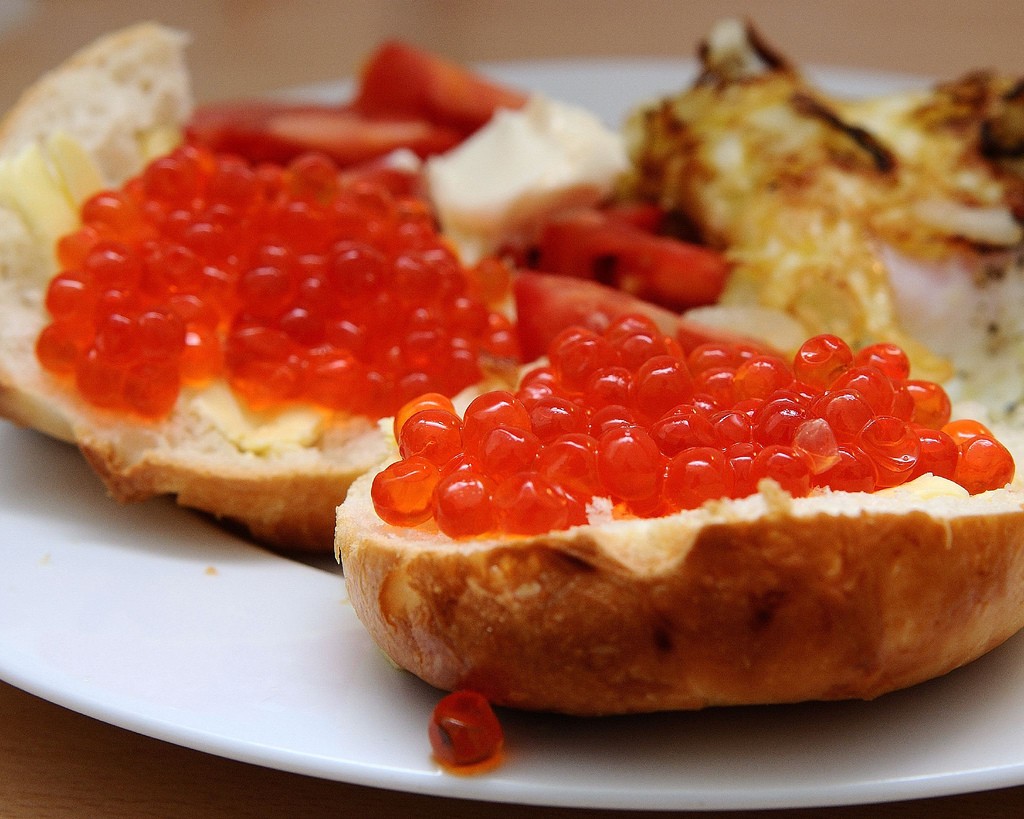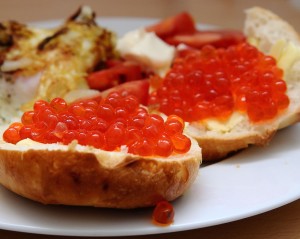Caviar reigns supreme in the list of luxury gourmet dining. Extremely expensive and found only on the plates of the super-wealthy, however, it is not a taste, which is universally loved. Caviar lovers will revel in its rich, creamy taste and cheer Ludwin Bemelmans for saying “Caviar is to dining what a sable coat is to a girl in evening dress”. Others who cannot understand what all the fuss is about will probably agree with William Drake who opined, “Have caviar if you like, but it tastes like herring to me”. Love it or hate it, there can be no doubt these pearly globules are considered ‘high luxury’ and a connoisseur’s delight. Here’s presenting to you Caviar – Luxury on a plate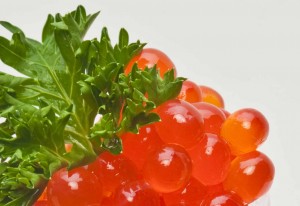 .
.
What is Caviar
Caviar is basically the salted and matured roe (mass of eggs) of the sturgeon fish. True caviar comes from only the sturgeon fish of which four are considered the best – beluga, osetra, sevruga, and sterlet. Traditionally the best caviar comes from the sturgeon in the Caspian Sea; however, overfishing has endangered these species. Caviar is now mostly made from farmed sturgeon. Other varieties of roe, which are often termed as caviar, are obtained from salmon, paddlefish, whitefish etc. They must however be prefixed with the fish name such as ‘salmon caviar’.
Production of Caviar
Traditionally Russia and Iran have been the largest producers of caviar, still producing 85 per cent of the world’s wild caviar. However, with the restriction of Sturgeon fishing, other countries like Italy, United States of America and France are also entering the arena producing good quality caviar with farmed Sturgeon.
Premium Sturgeon Species
Beluga – This is the best and most expensive caviar, taking more than 20 years to mature making it the rarest also. Dark grey in colour, large and fragile, it has a lovely buttery taste and delicate texture.
Osetra – These golden brown eggs are smaller than beluga and very popular too. It takes fifteen years to mature and the eggs are even sized and oily with a nutty flavour.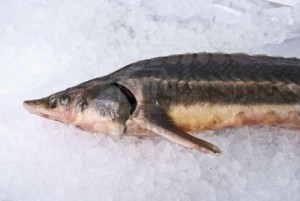
Sevruga – This light grey roe is small and strongly flavoured. The fish takes seven years to mature and is more abundant than the other caviar varieties.
Sterlet – Extremely rare, dark grey in colour and small in size, this caviar has a strong flavour and wonderful taste. This fish takes five to seven years to mature.
Rating of Caviar
- Caviar rating is done on the basis of:
- Size and colour of the roe – generally the light coloured, large sturgeon roe is considered the best caviar,
- 000 indicates light caviar,
- 00 indicates medium colour,
- 0 indicates dark.
Method of processing:
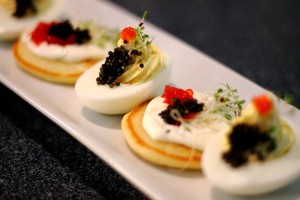 In decreasing order of quality the four types of processing are:
In decreasing order of quality the four types of processing are:
Malossol caviar: This low salt content caviar (less than 5 per cent) is the favourite pick of connoisseurs. Malossol means lightly salted and is often used synonymously with high quality caviar. Caviar nowadays is made with even lesser salt content of around 3.5 per cent.
Salted Caviar: Often called ‘semi-preserved’ this caviar has around 7 per cent salt content. Though this improves the shelf life, it may affect the flavour adversely.
Pressed Caviar: This is made from eggs, which are too soft, over-ripe, damaged or broken. It has a high salt content and is pressed to a paste like consistency. It has a strong, fishy flavour and may not be to the taste of all.
Pasteurized Caviar: The caviar is treated with heat and vacuum packed in glass jars. It is firmer than other types and if not processed properly the taste may be affected. It keeps for up to one year, unopened.
Did You Know
- Beluga is always sold in blue colour tins, osetra in yellow and sevruga in red.
- The word caviar can be traced to the Persian word ‘khagavar’ meaning ‘eggs’.
- Caviar should be removed from fridge fifteen minutes before serving and the box opened just before serving.
- Caviar should never be frozen.
- Metal or silver spoons should never be used to serve caviar. Pearl-shell, bone or plain plastic spoons can be used.
- Caviar is served with blini or toast points and lemon wedges.
- Caviar and ice-cold vodka is a classic combination.
- Exclusive caviar spoons have been crafted by Faberge and Louis Vitton using gold, lapis lazuli, amber and pearl-shell.
Caviar has come a long way from being plentifully available as wild caviar to becoming a rarity. Today sustainable farming is responsible for putting caviar on our tables. In spite of its rarity and price, this exclusively subtle tasting delicacy will always be highly sought and beloved by all true lovers of fine dining.


